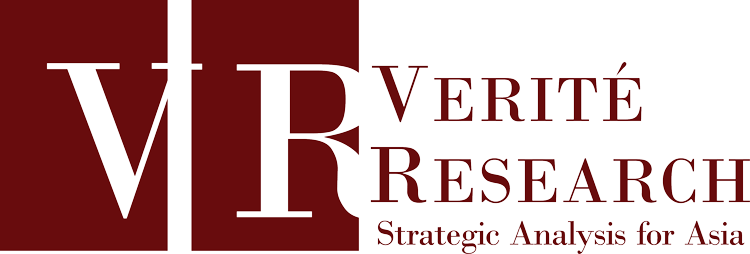Facing a second wave of COVID-19 in Sri Lanka: Economic cost of a lockdown strategy
Date
2020-08-27Author
de Mel, Deshal
Kapilan, Anushan
Series
Asia's Path Forward;Metadata
Show full item recordAbstract
As of August 2020, Sri Lanka is currently in the post-lockdown stage of the COVID-19 pandemic. Due to the surge in the number of infections in mid-March, the country was forced into a complete lockdown with all-day curfews-imposed island wide. The lockdown was in place for a period of nearly two months. Curfews were gradually eased with social distancing rules still in force. As of 15 July 2020, 2665 cases have been reported, of which 653 were still active. The number of deaths officially attributed to COVID-19 was limited to 11. The lockdown was eased due to limited community spread, with few cases reported daily, mostly among repatriated citizens in quarantine centers. During the initial wave of COVID-19, Sri Lanka faced a two-pronged impact. The first impact was from the virus itself and its health effects on those infected and the costs of resources deployed to control the virus in the form of medical resources and quarantine centers. The second impact stemmed from the mitigation strategy adopted by the government. By implementing an elimination strategy using extensive indiscriminate curfews, the pandemic response had a substantial effect on livelihoods and the economy. Whilst the costs endured in meeting the first impact are largely unavoidable, the costs of the second are dependent on the chosen strategy. At this stage, a second wave of the virus cannot be ruled out. Therefore, it is appropriate to draw insights from the response to the first wave to inform the policy response to a potential second wave. This article will examine the economic impact of the lockdown in terms of real GDP and suggest alternative ways to address a potential second major wave of infections.
Note
Description
5p. The formatted, published version of this article is available elsewhere in the IKR.
